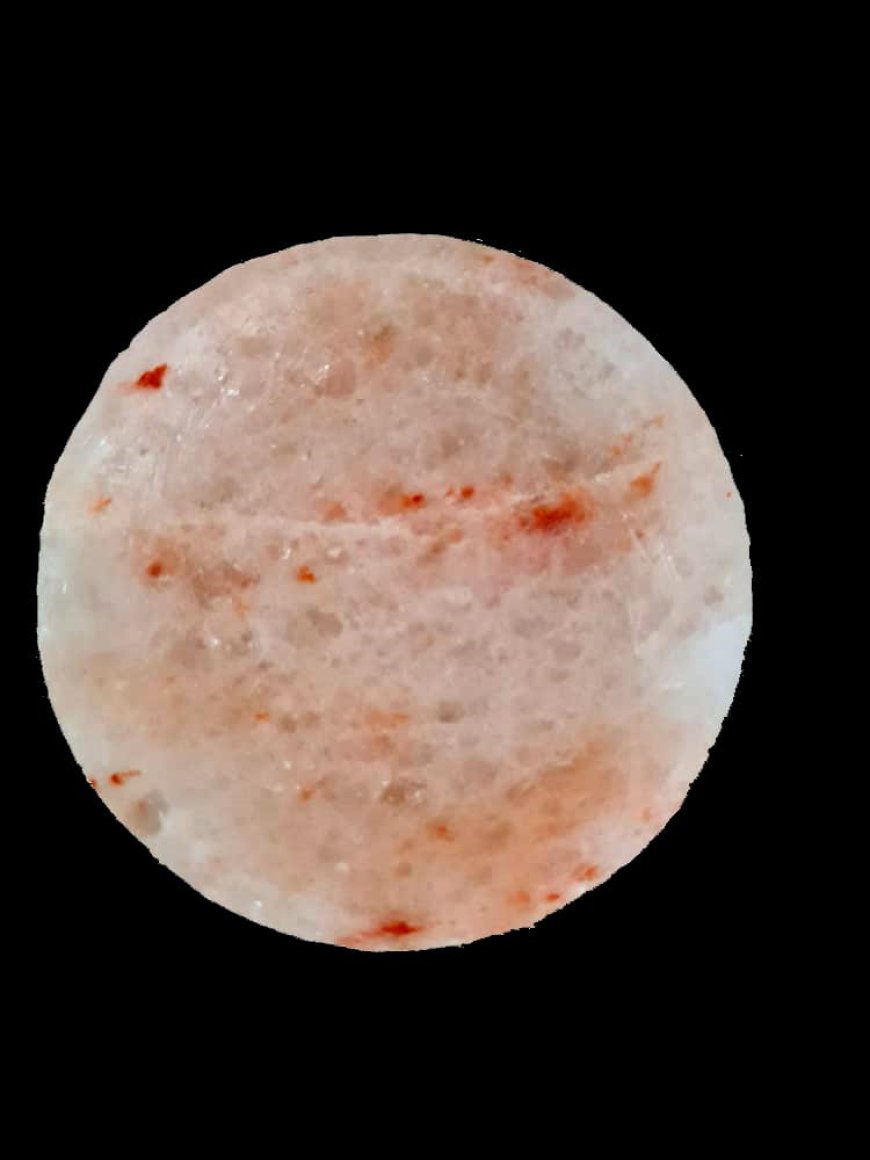salt plate cooking
Salt plate cooking is a delightful way to elevate your culinary creations. Its ability to infuse flavors, retain heat, and create stunning presentations makes it a valuable tool for any kitchen.

Salt plate cooking has become a fascinating culinary trend in recent years. This technique not only enhances the flavor of food but also adds a unique touch to your dining experience. Whether you’re grilling, baking, or serving, a Himalayan salt plate is versatile and offers several benefits. This guide delves into the world of salt plate cooking, exploring its history, benefits, techniques, and creative uses.
Algohar World natural salt lamps that are believed to provide various benefits, combining both the aesthetic appeal and the potential health advantages associated with Himalayan salt lamps.
What Is a Salt Plate?
A salt plate, often made of pink Himalayan salt, is a solid block of natural salt that can be used for cooking and serving. Its beautiful appearance and ability to retain and distribute heat evenly make it a popular choice among culinary enthusiasts.
Origins of Himalayan Salt Plates
Himalayan salt is mined from the Khewra Salt Mine in Pakistan, believed to have been formed over 250 million years ago. This mineral-rich salt is prized for its unique pink hue and health benefits.
Properties of Salt Plates
Heat retention: Can maintain high temperatures for long periods.
Anti-bacterial surface: Naturally resistant to bacteria and fungi.
Durable: Can withstand extreme temperatures when properly cared for.
Benefits of Cooking with a Salt Plate
Cooking with a salt plate offers numerous advantages:
Enhanced Flavor
Salt plates impart a mild, natural saltiness to food, eliminating the need for additional seasoning. This ensures balanced flavors without overpowering the dish.
Nutritional Boost
Himalayan salt contains trace minerals like potassium, magnesium, and calcium, which can enhance the nutritional profile of your food.
Versatility
From grilling meat and seafood to serving sushi or desserts, salt plates are incredibly versatile.
Eco-Friendly and Long-Lasting
Unlike disposable cookware, a well-maintained salt plate can last for years, making it an eco-friendly option.
Preparing Your Salt Plate
Proper preparation ensures that your salt plate lasts longer and performs optimally.
Seasoning and Cleaning
Salt plates don’t require seasoning like cast iron pans. However, they do need to be cleaned carefully:
Use a damp sponge or cloth.
Avoid using soap, as it can seep into the porous salt.
Allow the plate to air-dry completely.
Heating the Salt Plate
Gradually heat your salt plate to avoid cracking:
Start on low heat for 15 minutes.
Increase to medium heat for another 15 minutes.
Finally, raise to high heat if needed.
Techniques for Cooking with a Salt Plate
Salt plates can be used in various ways to create delicious and visually stunning dishes.
Grilling
Place the salt plate directly on the grill.
Cook meat, seafood, or vegetables directly on the heated surface.
Baking
Preheat the salt plate in the oven.
Use it to bake cookies, pizza, or bread for a unique salty flavor.
Note: salt plate cooking is a delightful way to elevate your culinary creations. Its ability to infuse flavors, retain heat, and create stunning presentations makes it a valuable tool for any kitchen.
Chilling
Chill the salt plate in the freezer.
Serve cold dishes like sushi, cheese, or desserts.
Serving
Use the salt plate as a serving platter for a visually appealing presentation.
Its ability to hold temperature keeps food warm or cold longer.
Creative Recipes Using a Salt Plate
Let’s explore some innovative dishes you can try with a salt plate.
Salt Plate Seared Scallops
Heat the salt plate to high heat.
Lightly coat scallops with olive oil.
Sear them on the salt plate for 2-3 minutes per side.
Grilled Vegetables
Slice zucchini, bell peppers, and eggplant.
Place them on a heated salt plate.
Grill until tender and slightly charred.
Salted Chocolate Chip Cookies
Preheat the salt plate in the oven.
Place cookie dough directly on the plate.
Bake as usual for a delightful salty-sweet combination.
Care and Maintenance
Proper care ensures the longevity of your salt plate.
Cleaning Tips
Avoid submerging the plate in water.
Scrape off food residues with a spatula or damp sponge.
Storage
Store the salt plate in a cool, dry place.
Avoid exposing it to moisture to prevent cracking.
Safety Considerations
Using a salt plate safely is crucial to prevent accidents or damage.
Avoid Sudden Temperature Changes
Rapid heating or cooling can cause the plate to crack. Always allow it to adjust to room temperature before heating or chilling.
Handle with Care
Use oven mitts or special carriers to handle the hot plate.
Frequently Asked Questions
Can I Reuse a Salt Plate?
Yes, with proper care, a salt plate can be reused many times.
Does It Make Food Too Salty?
No, the saltiness imparted is mild and balanced.
What Foods Should I Avoid Cooking on a Salt Plate?
Acidic foods like tomatoes and citrus can erode the salt surface over time.
Where to Buy a Salt Plate
Salt plates are widely available online and in kitchenware stores. Look for high-quality Himalayan salt plates that are free of cracks and imperfections.
Conclusion
Salt plate cooking is a delightful way to elevate your culinary creations. Its ability to infuse flavors, retain heat, and create stunning presentations makes it a valuable tool for any kitchen. With proper care and a touch of creativity, your salt plate can be a centerpiece for unforgettable meals. Embrace this unique cooking method and enjoy the culinary journey it offers.

 Tagxa1122
Tagxa1122